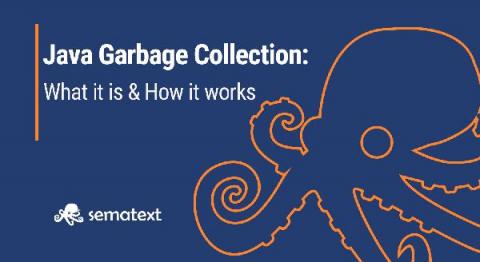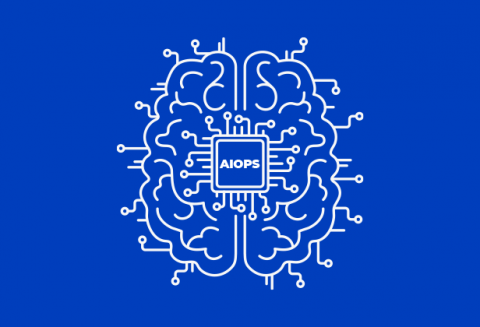Panguin Tool - Ace at Search Engine Optimization
Panguin SEO Tool is one of the best free Search Engine Optimization tools available in the market. It shows you the impacts and effects of all Google algorithm updates on your website. To earn more views by Search Engine Optimization, it is very important to learn what has affected your website in the past and caused you fewer views. Panguin directly shows what could’ve caused it so it can be easily resolved.











